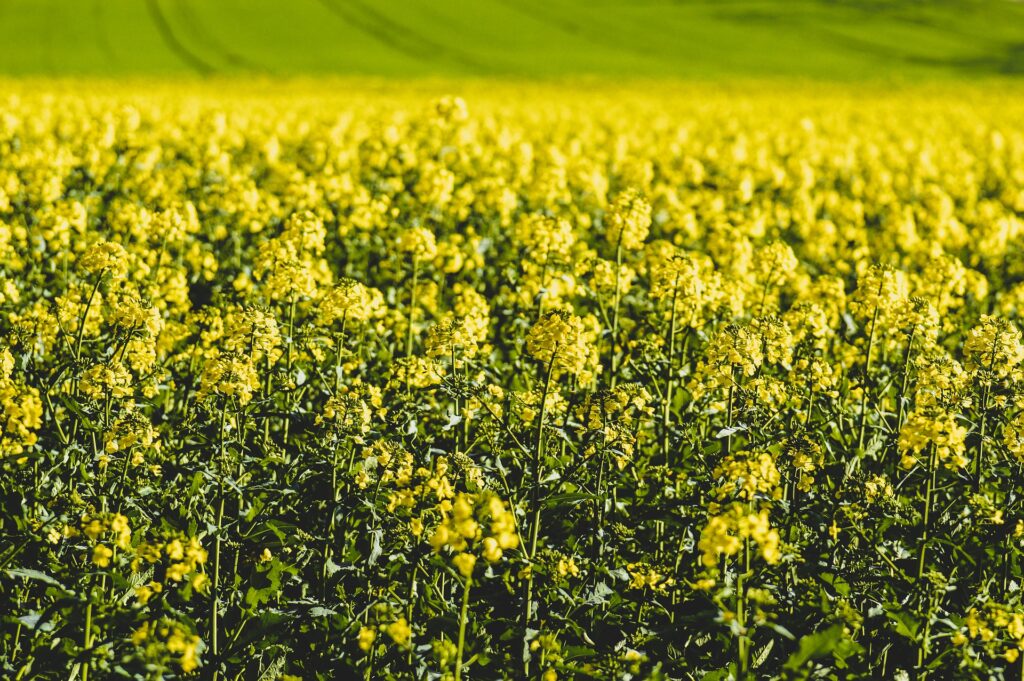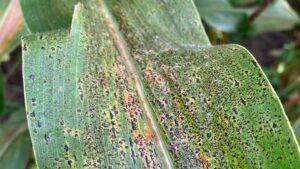The UK (FRAG-UK) has updated its guidance on fungicide resistance management in oilseed rape.
Stem canker, light leaf spot and sclerotinia are the most serious diseases of oilseed rape against which fungicides are used.
Some fungal pathogens of oilseed rape, however, show reduced sensitivity to some fungicides and there is concern about declines in efficacy.
FRAG-UK’s guidance should be followed to devise robust disease management strategies and prevent further deterioration to help retain fungicide efficacy.
Integrated approaches start before drilling
Consider inoculum sources
For phoma leaf spot and stem canker, light leaf spot and dark leaf-spot, crop residues are a source of inoculum. Burying crop residues can help to decrease the production of air- or splash-borne spores. Direct drilled crops may, therefore, be at greater risk than crops drilled after deep ploughing. Avoid planting crops adjacent to the previous year’s stubble. If possible, isolate new crops by 200 to 500m.
Extend rotations
The risk of soil-borne diseases, such as clubroot and sclerotinia, is reduced by extending rotations to at least one in four. Trash-borne disease risk is also reduced in extended rotations.
Use disease resistant varieties
Varieties, where possible, should be selected with good resistance ratings to the diseases of most concern on the farm.
Consider drill date
Sow crops by late August to help ensure plants are well grown prior to the onset of phoma leaf spot. The disease is less damaging and easier to manage on plants with large leaves. Early drilling, however, can increase the risk of light leaf spot.
All crops, therefore, should be walked regularly and monitored carefully.
Read the full guidelines to develop your fungicide resistance management strategy at cereals.ahdb.org.uk/frag
Source: Seed Quest













